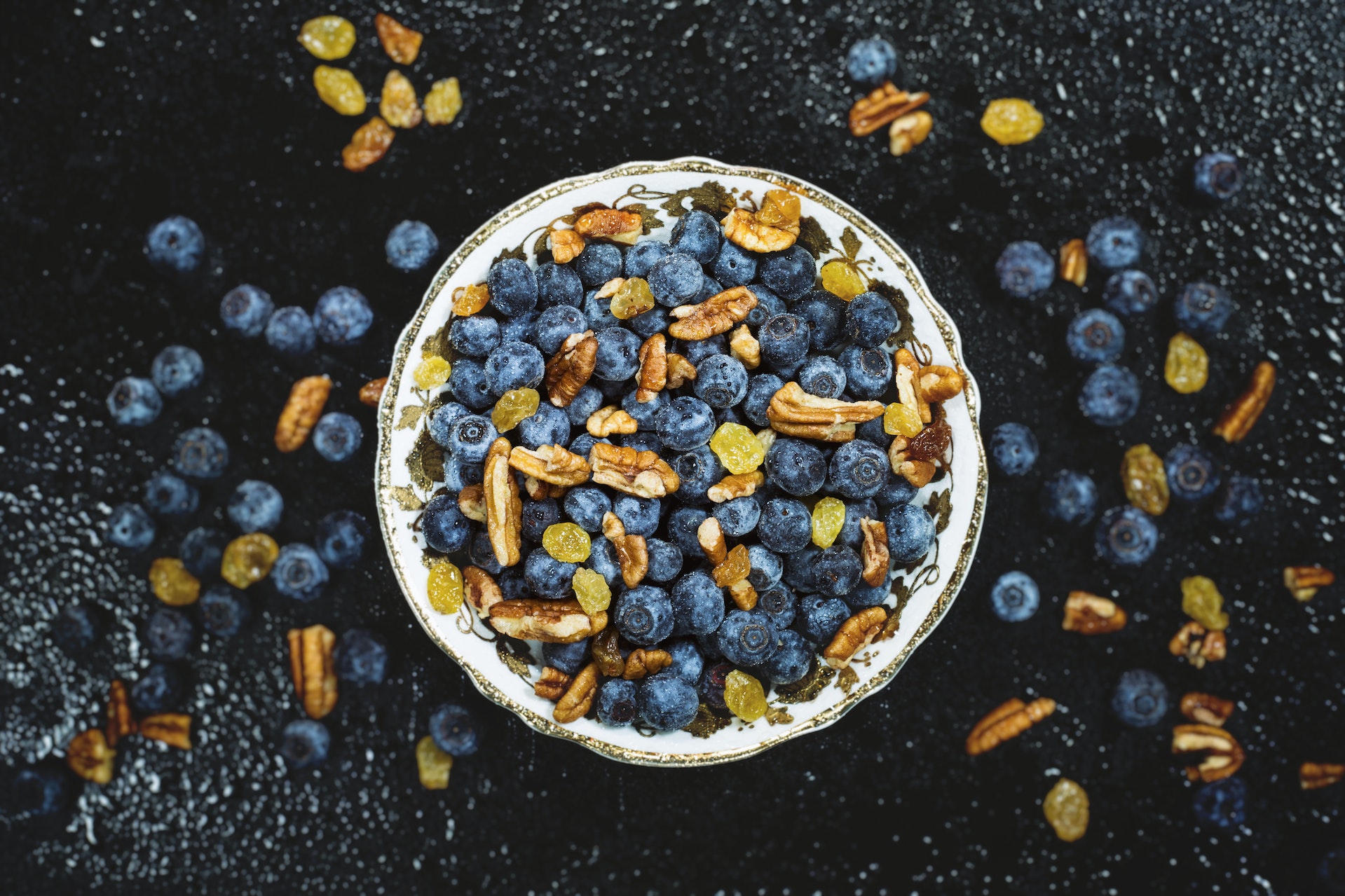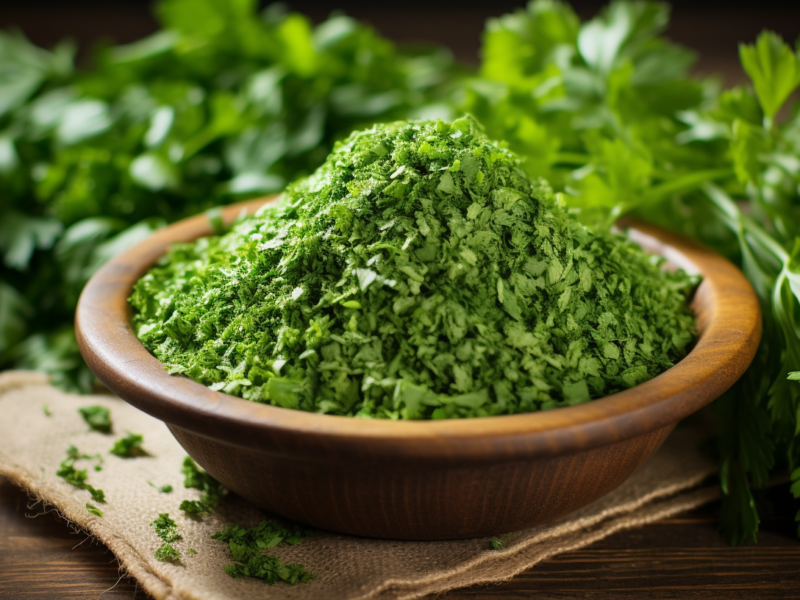Many of us have favorite comfort foods we crave regularly – be it a gooey grilled cheese, a hearty bowl of pasta, or a sweet treat like chocolate chip cookies. While these foods taste delicious, they’re often loaded with calories, fat, and sodium that can negatively impact our health when eaten excessively.
However, with a few simple ingredient swaps and preparation adjustments, you can still enjoy your favorite foods while making them much healthier. Recent statistics show that over 50% of adults in the United States are trying to improve their diet and make healthier choices.
With the rise in nutrition information and healthy cooking resources now available, it’s easier than ever to modify your favorite recipes to be good for you. This article will provide ten tips for transforming traditionally unhealthy dishes into nutritious, delicious meals that align with your health goals.
- Use Cauliflower Crust Instead Of Regular Pizza Dough
Turn your favorite pizza into a veggie-packed hellofresh meal by swapping the dough for a cauliflower crust.
Cauliflower crust is a great alternative to regular pizza dough for those looking for a healthier option. It is lower in calories and carbs, and it is also a good source of fiber. The cauliflower provides a crisp, grain-free crust that can be topped with healthy ingredients like fresh veggies, chicken, cheese, and heart-healthy fats.
If it is your first time making a cauliflower crust, follow this easy and delicious cauliflower pizza recipe.
- Use Lettuce Instead Of Bread
One of the easiest ways to lighten sandwiches, burgers, tacos, and wraps is to swap out the bread, bun, or tortilla for fresh lettuce leaves. Not only does this remove excess carbohydrates, but it also adds more vitamins, minerals, and fiber from the lettuce to your meal.
Simply fill crisp lettuce leaves, such as butter or romaine, with your favorite proteins, cheeses, sauces, and vegetables for a satisfying low-carb meal. The crunch of the lettuce provides texture in place of bread.
- Load Up On Veggies
Adding more vegetables to any dish instantly boosts its nutritional value. When making pizza, pasta, casseroles, egg scrambles, or stir-fries, double the amount of veggies you would normally include.
Opt for nutrient-dense options like spinach, kale, broccoli, tomatoes, peppers, mushrooms, onions, and zucchini. The veggies provide important vitamins, minerals, and fiber, and they also help displace some less healthy ingredients, lowering the calories, fat, and carbs per serving.
- Choose Whole Grain Options
When eating pasta, bread, rice, and crackers, opt for 100% whole grain varieties whenever possible. Whole grains like whole wheat pasta, brown rice, quinoa, barley, and oats provide more fiber, protein, and micronutrients than refined grains. The extra fiber helps regulate blood sugar levels and keeps you feeling full longer.
Start by making simple swaps to dishes you already love, like using whole wheat bread instead of white.
- Opt For Leaner Proteins
Traditional comfort foods often contain fatty proteins like bacon, sausage, ground beef, and full-fat cheese. These proteins are high in saturated fat and can raise your cholesterol levels.
Several leaner protein options can be used to lighten up traditional comfort foods. These include skinless chicken or turkey breast, fish, beans, lentils, tofu, and tempeh. These proteins are lower in saturated fat and calories than fatty meats and can still provide a satisfying meal.
When using ground meats, it is also important to choose a lean option. A 90/10 lean beef or turkey is a good choice, as it is lower in fat than an 80/20 blend.
Reduced-fat options or smaller portions of stronger cheeses can be used for cheese. Stronger cheeses, such as parmesan or feta, have a more concentrated flavor, so you can use less of them to get the same amount of flavor.
- Cook With Healthy Fats
Cooking with healthy unsaturated fats can help improve the nutrition profile of your favorite foods. Swap out some of the butter called for in olive or avocado oil recipes when sautéing veggies, cooking eggs, or making sauces.
You can also top dishes with nuts, seeds, or avocado to boost filling and healthy fats. Use plain Greek yogurt instead of sour cream on baked potatoes, tacos, or in dips.
- Bake or Grill Instead of Frying
Frying foods adds a ton of excess calories from oil or butter. When cooking foods like chicken, fish, French fries, and onion rings, you can bake, broil, or grill the ingredients instead. Spray with a small amount of olive oil spray before cooking to get that crispy texture without all the grease. You can also pan-fry or air-fry foods using just 1-2 teaspoons of oil. The results are just as delicious without all the excess calories.
- Make Healthier Desserts
Many people find it hard to give up sweets and desserts when trying to eat healthier. Luckily, there are many ways to make lighter versions of your favorite treats.
Some easy swaps include using applesauce or banana in place of oil in cakes and muffins, choosing dark chocolate with 70% cacao or higher, making chia pudding instead of high-fat pudding, and substituting Greek yogurt for half the butter in brownies. Focus on keeping portion sizes reasonable and using nutritious ingredients.
- Watch your portions
It’s easy to overindulge when eating comfort foods or decadent desserts, even when you make healthier versions. Be mindful of your portion sizes by measuring proper servings instead of eating directly from the dish. Also, using smaller plates and bowls helps prevent piling on too much.
Beware of snacking on foods like chips, cookies, or crackers while watching TV, as it makes you munch mindlessly.
Conclusion
With a few simple tweaks, you can still enjoy all your favorite indulgent foods while boosting their nutritional value. Focus on techniques like swapping refined grains for whole grains, adding more veggies, using lean proteins and healthy fats, cutting back on sodium and unhealthy oils, and watching your portions. The healthier versions of your crave-worthy comfort foods will be just as satisfying.
With these tips, you can feel good about eating the foods you love while achieving your health goals.


